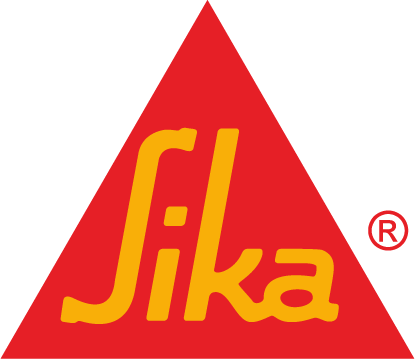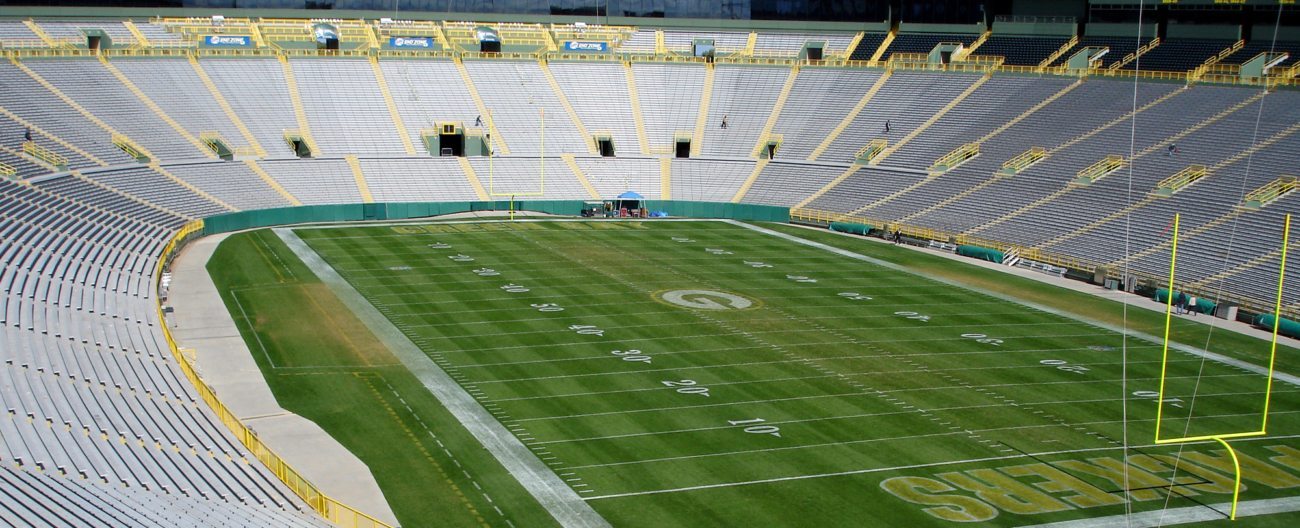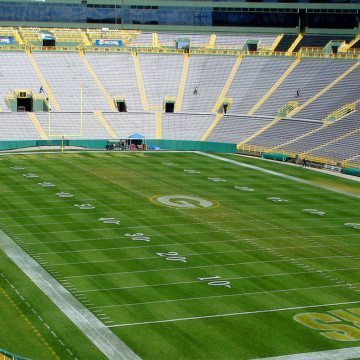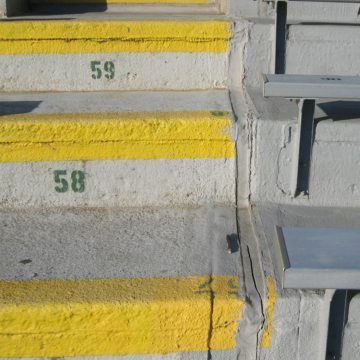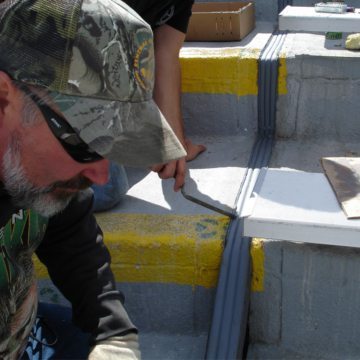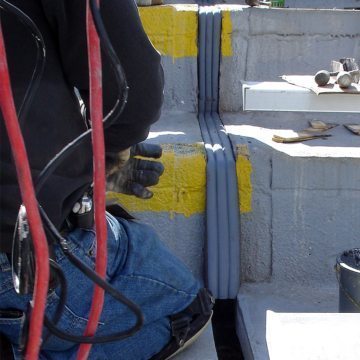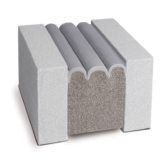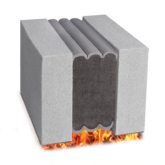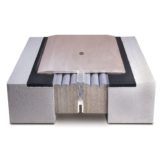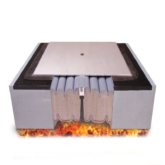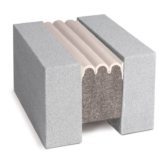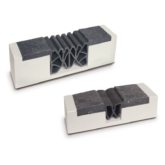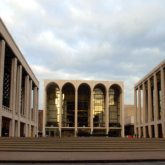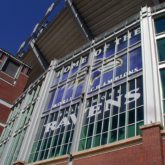Green Bay Packers, Lambeau Field
Wisconsin
Date: 2007-2016, 2019, 2022 Retrofit
Packers Lambeau Field Gets Super Bowl Expansion Joint Upgrade
Stadium expansion joints aren’t usually on the minds of stadium patrons, but when they leak they can be a nightmare for owners, players, and fans alike.
The storied history of the Green Bay Packers is rich with evidence of thoughtful decisions that have preserved the organization’s stature, vitality and viability. Central to the team’s identity is its stadium complex. Opened in 1957, the structure that would in 1965 be renamed Lambeau Field after the passing of one of the teams founders, remains at the core of the facility. A $295 million redevelopment completed in 2003, expanded the role of the structure from a seasonal stadium to a year-round multiuse cultural, tourist and fan destination. The forethought of the fan-owners and management to preserve the original seating bowl is evident in the stadiums timeless elegance and well-deserved claim as the “crown jewel of the National Football League”.
Ongoing maintenance of any stadium facility will inevitably have watertightness as a central issue. As purposely designed gaps in the structure, called expansion joints, are a principle point of water leakage.
Liquid-sealant and backer rod (the most prevalent choice of joint sealant) suffers major limitations. The presence of tensile stresses at the bond line and within the sealant elastomer during joint opening often result in either adhesive or cohesive tearing.
While the upfront cost of liquid sealant and backer rod is low, the labor to remove and replace this technology just once, will far outweigh the installation of a more durable alternative.
The Packers are joining hundreds of other stadium owners in exploring the notion of a different approach to joint sealing with the installation in some of its seating bowl joints after the 2006 season of the DSM System from EMSEAL–a preformed, precompressed, silicone and impregnated foam hybrid sealant.
Central Restoration of Oakfield, WI got the call to quarterback this comeback. After initial in field training by EMSEAL’s field technician they took the ball and ran with it demonstrating attention to detail in material sizing, joint preparation, and installation that is equal in importance to the product choice for the success of the project.
First the failed liquid sealant and backer rod is removed from the tread and riser joints and the joint faces are cleaned back to concrete.
The DSM System from EMSEAL is custom supplied pre-compressed to smaller than the field-measured joint opening size.
It is removed from its shrink-wrap and hardboard packaging and installed into and with wet epoxy adhesive in accordance with the DSM System installation instructions.
The epoxy is supplied by EMSEAL as part of the DSM System.
The inherent backpressure of the impregnated foam backing causes the material gradually to expand as seen in material in the lower-most riser in the picture at left.
It is this backpressure that keeps the DSM System lodged firmly against the substrates and, along with the epoxy-adhesive primer, ensures that the full range of compression and extension movement of the joint is accommodated.
Once firmly seated in the joint opening, a liquid-silicone sealant band is injected between the upper edges of the DSM foam and pre-cured silicone bellows.
The silicone is supplied by EMSEAL as part of the DSM System.
The finished installation is aesthetically compatible, continuity of seal through the changes in plane and direction is maintained, and the DSM System is ready to ensure watertightness, while accommodating joint movement free of tensile stresses at the bond line or within the body of the sealant.
The Packers join dozens of other pro, semi-pro, municipal, high-school and university organizations in adopting this more lasting approach to stadium joint sealing.
Central Restoration has applied their skill again in tackling the failed caulk and backer rod in the precast joints on the University of Wisconsin, Camp Randall stadium. Their skill and free-agent status means they are ready and available to work on your project too PH: 920-583-3733.
Revenue loss in affected concession areas, damage to equipment in storage rooms, disgruntled athletes and suite patrons are all consequences of leaks at expansion joints.
Elimination of these problems in new sports venue construction as well as in retrofit of existing structures is a central focus of EMSEAL’s.
The company’s unique approach to sports facility expansion joint treatment combines innovative materials technologies with a fresh look at the roles of owners, designers, general contractors, manufacturers and subcontractors, in achieving trouble-free expansion joints.
The approach is grounded in a collaborative process centered on joint treatment that requires all of these parties to think, design, detail, specify, construct, fabricate, and install three-dimensional solutions.

